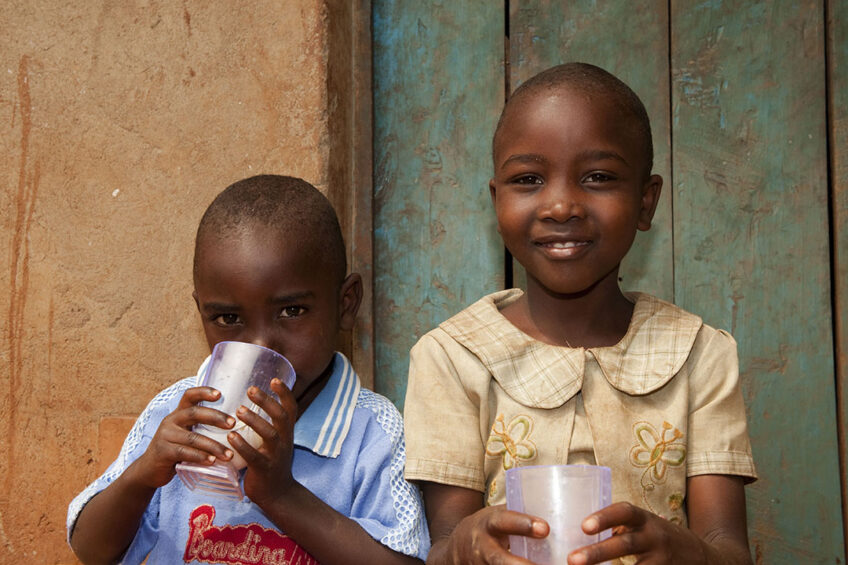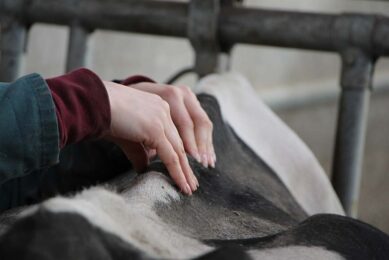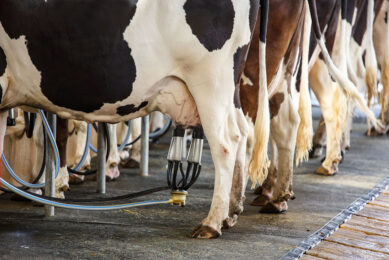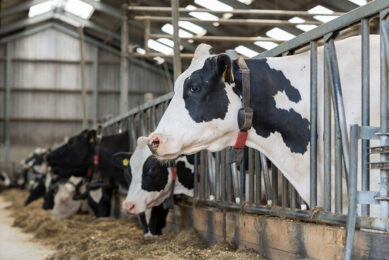Ethiopia: Potential dairy areas mapped

Which areas in Ethiopia hold potential to further increase dairy production? A research team from Wageningen University & Research in the Netherlands, in a new report, identified the areas in the African country with the most potential.
Worldwide dairy consumption is expected to grow in the coming years. This also goes for Ethiopia which already has a long tradition in livestock. Gross Domestic Product (GDP), income and consumption of milk in the country are rising, creating opportunities for an increase in the amount of milk production, milk collection and milk processing. To be able to further grow the dairy sector in Ethiopia, the circumstances should be right.
Land for feed is needed
Milk production with cows requires land for feed production. This can be either grassland or cropland delivering fodder crops like maize and alfalfa or by-products from arable crops like teff, barley, oil seed plants, etc. Also important is to have accessibility to local markets such as big cities, circumstances for livestock like breed, health care and climatic conditions. An additional criteria is the absence of Tsetse flies. These flies has a very negative impact on cow health and are present in the western part of the country, mainly in the triangle between Gambela, Ginka and Jimma. This presence is a blocking factor for dairy development.

3 clusters with high potential
In total 14 milk production clusters were assessed and information was combined with existing geo data and statistics:
- 4 clusters are located in Tigray,
- 3 are fully located in Amhara,
- 3 in Oromia,
- 1 in SNNP
- 3 clusters are interregional clusters crossing regional borders.
Eventually the 3 clusters with the highest potential seem mainly located around the capital Addis Ababa. The dairy clusters North Shewa, Adama – Arsi – Robé, and South & West Shewa-Shambu have the highest scores for potential development of their dairy sectors to increase its milk production. These clusters score high on the key evaluation criteria feed and fodder production and availability, current production situation and expansion in milk volume. This means there is a strong potential to achieve growth in milk production from these clusters. A second group of 4 followers consists of Hawassa & Shashimene, Bahir Dar – Debre Markos, Gurage – Hosaena & Wolayita, and Gondar – Debre Tabor.
Join 13,000+ subscribers
Subscribe to our newsletter to stay updated about all the need-to-know content in the dairy sector, two times a week.










